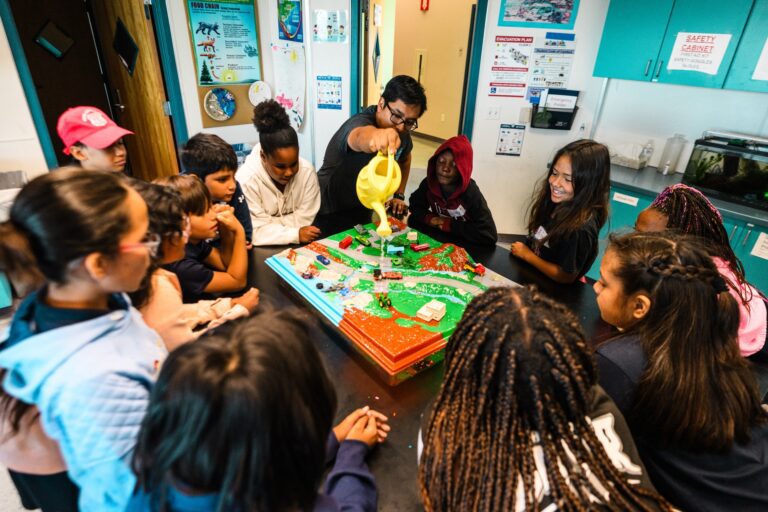

This year the Sierra Club mailed surveys to the approximately 2000 colleges in the US, of which 118 returned the surveys, and the schools were scored and ranked according to the answers given on the surveys and follow-up information.
San Diegans will be proud to find that the University of California, San Diego (UCSD) is third in the rankings. See their survey here. Point Loma Nazarene University is number 49.
My own personal interests lie a little further north. Scripps College is the women’s college of the Claremont Colleges, a consortium of five undergraduate universities, in Los Angeles. Two of our number returned surveys; Pomona College received a rank of 25, and Pitzer College, known to students of the consortium as the hippie school, surprisingly only ranked at 102 on the scale. Pomona has gone the expensive route, making all of its new buildings since 2002-3 have been LEED Gold-certified. Pitzer uses bottom-up rather than top-down methods; their lemon grove, on-campus organic farm complete with chickens, and giant compost heap are well-known across the campuses. Pitzer’s landscaping is also all either native or does not require irrigation – they have a very impressive cactus garden.
Had Scripps returned a survey, I doubt that we would have done well. Our sustainability efforts have been largely confined to the dining hall, which is gradually introducing meatless Mondays. (I suspect even the most fervent carnivores would not be too put out if they had just jumped in, as each of the schools has a dining hall of their own (Pomona has two). A student of the consortium therefore has their pick of six dining halls when it comes to meals.
Our landscaping is also largely at fault; Scripps was designed as a retreat from the real world, and makes extensive use of sprawling (for the size of the campus) lawns, which are watered at all times of the day (the photo was taken just before 8 a.m., but I have see the sprinklers going off many times at 2 p.m.). I haven’t been able to verify this, but I have heard that the waste of water is likely due to the fact that Scripps is on the Register of National Historic Places and that the organization pays the water bill. In any case, there is much room for improvement.
To see the rankings of all of the schools who returned surveys to the Sierra Club, click here.















